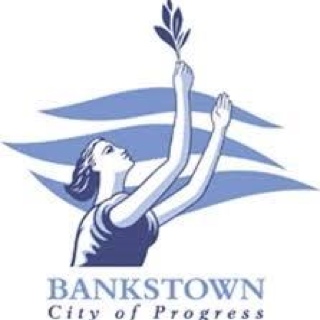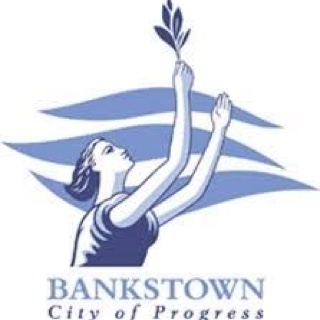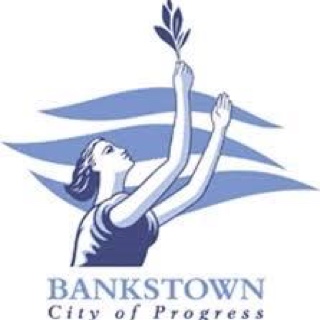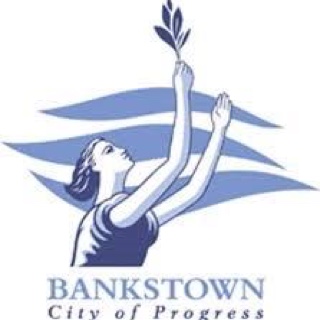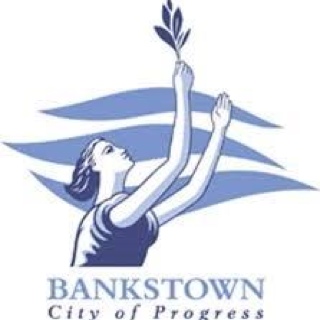Information
-
Document No.
-
Conducted on
-
Prepared By
- Habib Tarabay
- Janine Collins
- Sabra Azimullah
- George Webb
Reason for Inspection
-
This Inspection
- Routine - First Annual Inspection
- Re-inspection 1
- Re-inspection 2
- Complaint - First Inspection
- Complaint - Re-inspection
Food business details
-
Food Shop Reference Number
-
Trading name
-
Trading Address
-
Person Interviewed
-
Proprietor / Company Name
-
Proprietor / Company Address
-
Australian Business Number (ABN)
-
Food Safety Supervisor Name and Certificate No.
-
Proprietor Email
-
Inspection Report Delivered Via
- Email to above address
- Post to subject premises
-
Date / Time
-
Phone Number(s)
-
Food Premises Risk Classification
- High
- Meduim
- Low
-
Number of Full Time Equivalent (FTE)
- 5 or Less
- 6 to 50
- 51 or More
-
Day or Night Inspection Required for these Premises
- Day
- Night
Inspection Details
-
1. Food business has notified details to NSW Food Authority
-
2. If needed, FSS is appointed and certificate is on the premises
-
3. Food handlers have skills and Knowledge to handle food safety
-
4. No sale of food that is damaged, deteriorated or perished; no use of cracked or dirty eggs or food past use by date
Food Handling Controls FSS 3.2.2 cl 5-12
-
5. Food protected from the possibility or contaminated food receipt, storage, preparation, display and transport
-
6. Name and addresses are available for manufacture, supplier or importer of food
-
7. Potentially Hazardous food (PHF) is under temperature control: food receipt, storage, display and transport; less than 5 degrees C, 60 degrees C. Frozen food is hard frozen
-
8. Processing of foods; items thawed correctly; processed quickly; no contamination risk
-
9. Cooked PHF is cooled rapidly
-
10. Reheating of PHF is rapid - Oven, stove top or microwave but not bain Marie
-
11. Self serve food bar is supervised, has adequate utensils and sneeze guards
-
12. Food wraps and containers will not cause contamination
-
13. Food for disposals is identified and separated from normal stock
Health and Hygiene FSS 3.2.2 cl 13-18
-
14. Food handlers wash and dry hands thoroughly using hand washing facilities
-
15. Food handlers avoid unnecessary contact with ready-to-eat food or food contact surfaces by use of utensils, a gloved hand, food wraps
-
16. Food handlers do not spit or smoke in food handling areas or eat over exposed food or food contact surfaces
-
17. Food handlers have clean clothing, waterproof bandages
-
18. Food handlers wash hands before commencing/ recommencing work and after: using the toilet, sneezing, smoking, handling raw meat, cleaning
-
19. Food handlers do not handle food if I'll (vomiting, gastro)
-
20. Hand washing facility easily accessible and used only for washing of hands, arms and face
-
21. Hand washing facilities have warm running water through single spout, single use towels and soap
Cleaning and Sanitising FSS 3.2.2 cl 19-20
-
22. Premises, fixtures , fittings and equipment maintained to an appropriate standard of cleanliness
-
23. Food contact surfaces, eating and drinking utensils in a clean and sanitary condition / appropriate sanitising method in use ( chemicals or dishwasher)
Miscellaneous FSS 3.2.2 cl 22-23
-
24. Accurate temperature measuring device readily accessible (digital probe thermometer - accurate to +/- 1 degrees C)
-
25. Single use items protected from contamination and not reused (drinking straws, disposable utensils)
Animal and pests FSS 3.2.2 cl 24
-
26. Animals not permitted in areas in which food is handled
-
27. Practical pest exclusion measured used (screens, seals)
-
28. Practical measures to eradicate and prevent harbourage of pests used (housekeeping, stock rotation, pest controller)
-
29. No signs of insect infestation or rodent activity in premises (faeces, egg casings, teeth marks)
Design and construction FSS 3.2.3
-
30. General design and construction of premises appropriate
-
31. Adequate supply of potable water available
-
32. Premises has adequate sewerage and waste water disposal system
-
33. Premises has adequate storage facilities for garbage and recyclables
-
34. Premises has sufficient lighting
-
35. Floors are able to be effectively cleaned
-
36. Walls, ceiling are sealed and able to effectively cleaned
-
37. Fixtures, fittings and equipment are able to be effectively cleaned and, if necessary, sanitised
-
38. Adequate ventilation provided within the premises
-
39. Premises has adequate storage facilities (chemicals, food)
Maintenance FSS 3.2.2 cl 21
-
40. Premises, fixtures, fittings and equipment in a good state of repair and working order
-
41. No chipped, broken or cracked eating or drinking utensils observed
Labelling
-
42. Food labelling complies with the Food Standard Code, 1.2 i.e egg stamping
-
43. For ' Standard Food Outlet', nutrition information displayed
Scores on Doors
-
- 5 Stars (0-3)
- 4 Stars (4-8)
- 3 Stars (9-15)
- No Grade (> 15 or any critical 8 point * food safety failure)
Inspection Details
-
Inspection Results
- Satisfactory
- Unsatisfactory
-
Further Action Required
- Re-inspection 24 hours
- Warning Letter
- Improvement Notice
- Prohibition Order
- Penalty Notice
- Pending
- Other
- Re-inspection 7 days
- Re-inspection 14 days
- Re-inspection 28 days
- Re-inspection 60 days
- Re-inspection 90 days
-
Date of Re-inspection
-
Note 1 - You Will Receive An Invoice For This Inspection.
-
Note 2 - This Assessment Report Contains Findings From The Date / Time of Inspection Only.
I have read this report and understand the contents
-
Owner / Employee Name and Signature
-
Authorised Officer Name and Signature
-
Bankstown City Council - Environmental Health Officer
-
Authorised Officers Phone Number
- 97079681
- 97079752
- 97079433
- 97079613
Explanatory Notes and Definitions (Food Standards Code Ch3 Standards 3.2.2 and 3.2.3)
-
This assessment report is based on guidance in the Safe Food Australia (2001) publications: A Guide To The Food Safety Standards. The Guide should be consulted if assistance with interpretation of the food safety standard is required. The assessment is set up as a checklist. In some cases an item will be supported with a list in italics of areas where compliance is required. It might not be possible to observe all the areas in a single inspection. Despite the presence of a list each item is a single issue of compliance. Inspection are: inadequate cooling and cold holding temperatures; food prepared ahead of planned service; inadequate hot holding temperatures; poor personal hygiene and infected food handlers; inadequate reheating and inadequate cleaning of equipment.
-
Food Handling Controls
-
Health and Hygiene Requirements
-
Cleaning and Sanitising
-
Design and Construction
